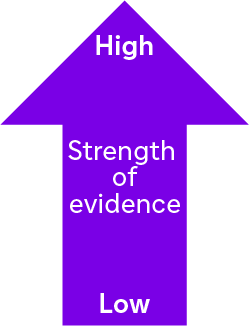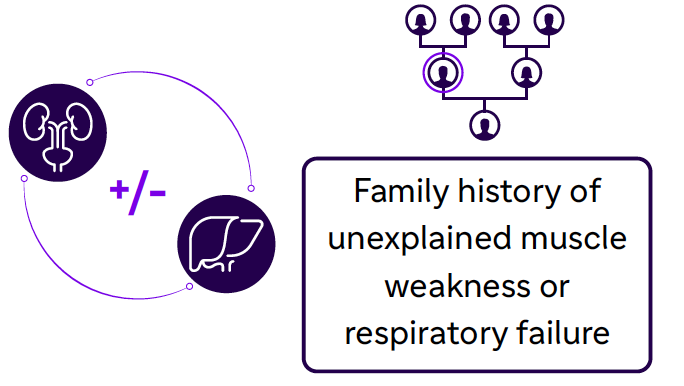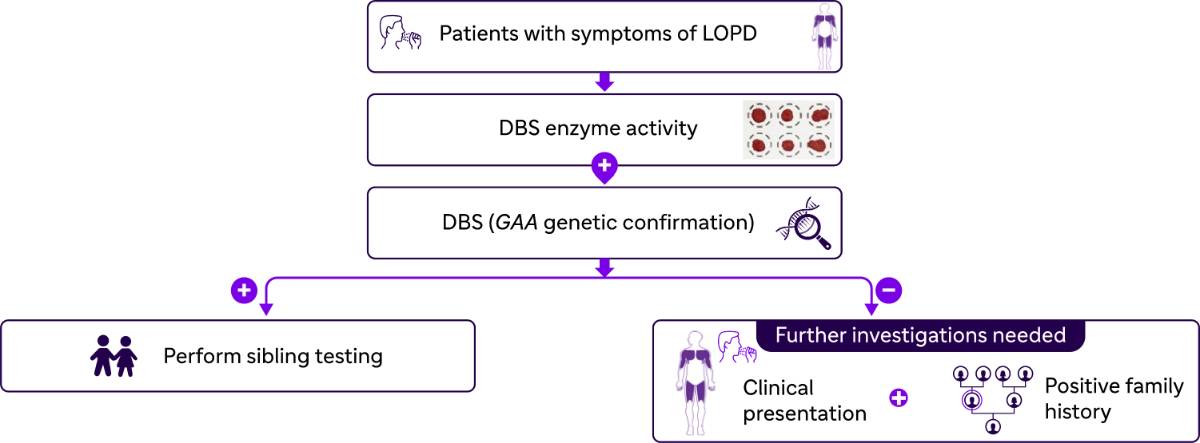Expert Group Consensus From the Arabian Peninsula On the Diagnosis of Lopd
Objective and Method
Consensus based on literature supporting clinical presentation and recommendations
Literature Analysis on LOPD Symptoms (Rheumatology): Hierarchy of Evidence

- Systemic review and meta-analysis
- Randomized controlled trials
- Observational studies (cohort studies/screening studies)
- Case series studies
- Case series, case reports
- Expert Opinion
- 11 studies for adult# LOPD
Rheumatology-Specific
Clinical Presentation for Adult# LOPD Proposed During the First Meeting
- Unexplained general/inflammatory myopathy
- Asymptomatic hyperCKemia/paucisymptomatic
- Unexplained LGMW
- Polymyositis non-responding to steroids
LDH, ALT, and AST
Rheumatology-Specific Diagnostic Algorithm Proposed During the Second Meeting
Conclusion
A consensus-based diagnostic algorithm simplifies LOPD diagnosis across specialties
Recommendation
Testing for Pompe disease must be done if any one specialty-specific symptom plus elevated CK/LDH/ALT/AST or a family history of unexplained muscle weakness are present.
*The age of patients with pediatric/juvenile LOPD ranges from 1 to 17 years; #The age of patients with adult LOPD is usually 18 years and above.
ALT: Alanine aminotransferase; AST: Aspartate aminotransferase; CK: Creatine kinase; DBS: Dried blood spot testing; DMD: Duchenne muscular dystrophy; KSA: Kingdom of Saudi Arabia; LDH: Lactate dehydrogenase; LGMW: Limb–girdle muscle weakness; LOPD: Late-onset Pompe disease; MG: Myasthenia gravis; SMA: Spinal muscular atrophy; UAE: United Arab Emirates.
- Al Shehri A, Al-Asmi A, Al Salti AM, et al. A multidisciplinary perspective addressing the diagnostic challenges of late-onset Pompe disease in the Arabian Peninsula region developed from an Expert Group Meeting. J Neuromuscul Dis. 2022;9(5):661–673.

.jpg/jcr:content/jcr_content%20(28).jpg)


.jpg)
.jpg)

.jpg/jcr:content/jcr_content%20(39).jpg)
.jpg/jcr:content/jcr_content%20(37).jpg)